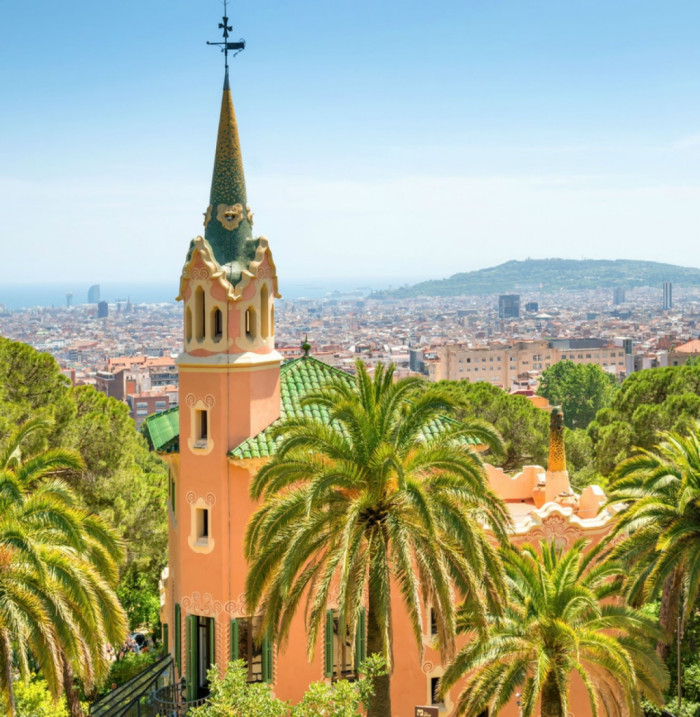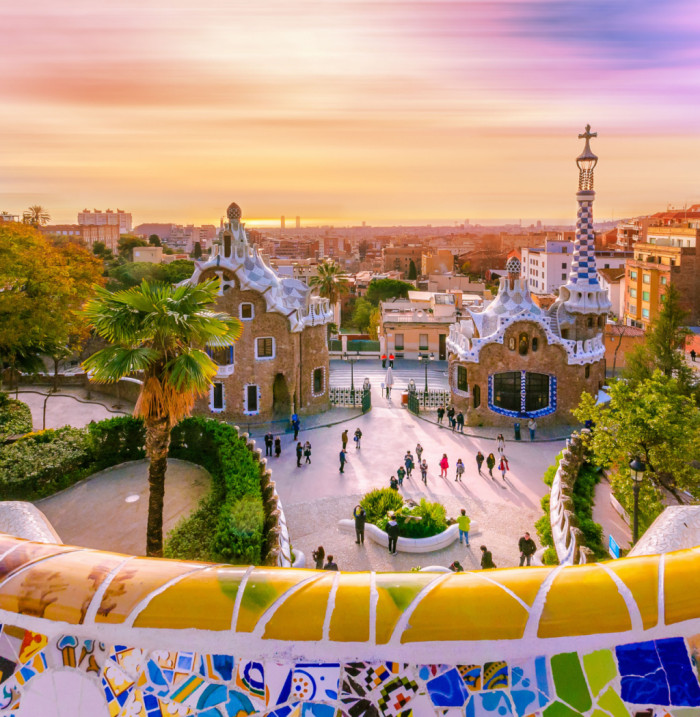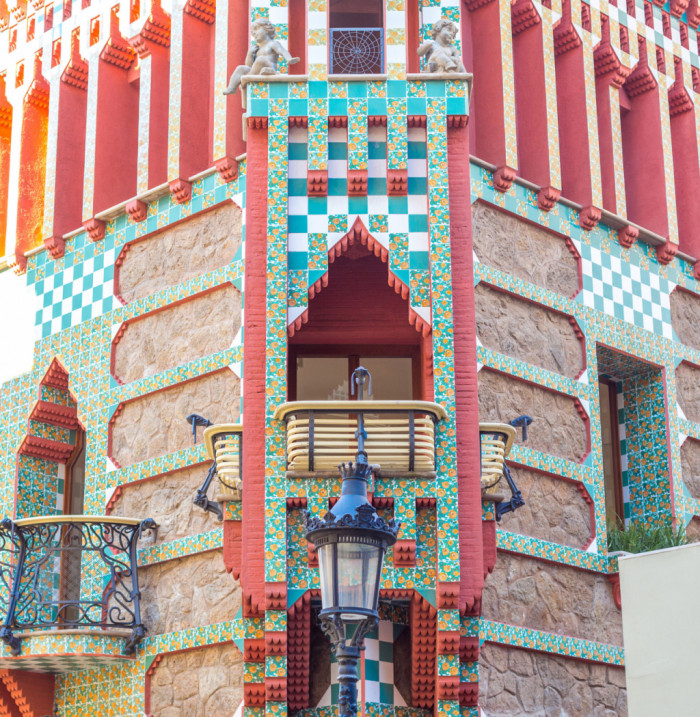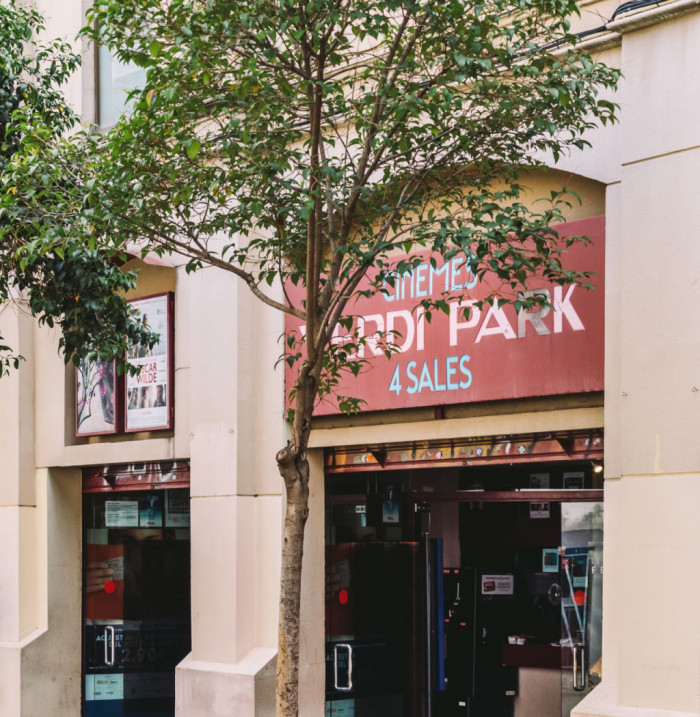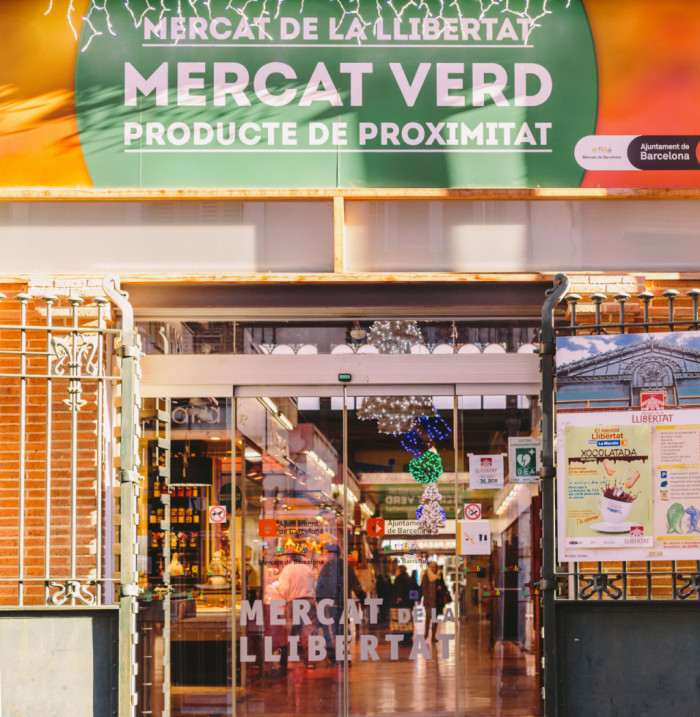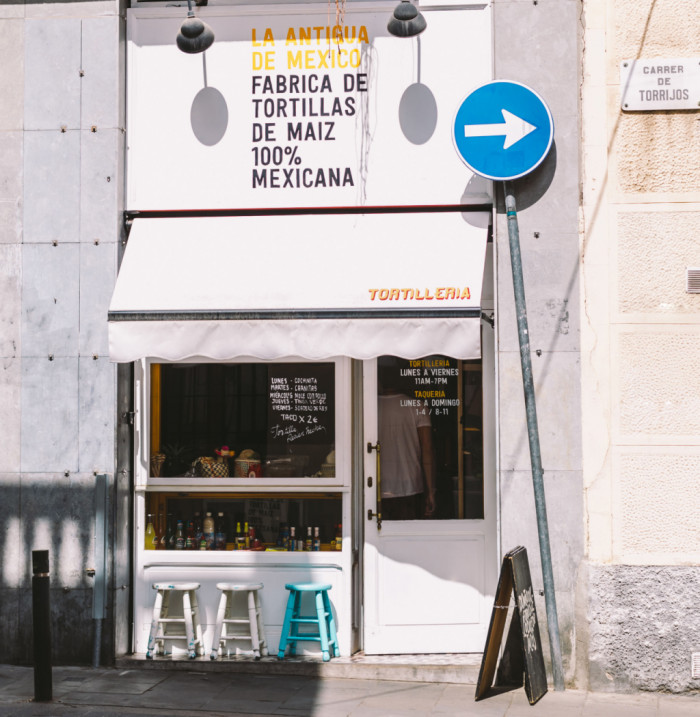- Architecture
Three discrete Modernist buildings behind a single and spectacular façade adorned with astounding naturalist details.
Metro: L3 (Green) - Lesseps
Cases Ramos is one of the clearest, if somewhat forgotten, examples of the plethora of Modernist buildings that grace the streets of Barcelona. Closed to visitors, and without a house-museum to sing its praises, this unique complex has stayed somewhat outside the city’s Modernist building circuit, despite that it’s situated right along the path that leads to Park Güell, just outside the entrance to the well-frequented Lesseps metro stop.
The complex is comprised of three independent buildings, united behind a single Modernist façade that acts as a nexus. Its construction was the charge of architect Jaume Torres, commissioned in 1906 by shipbuilding tycoon Ricardo Ramos, who requested a five-story residence. In the early 20th century, the surrounding area was made up entirely of farmlands, making this structure the site of the first bourgeois residence to go up in the neighborhood.
Like other Modernist buildings, it boasts impressive ornamental details inspired by the natural world. Among the most noteworthy is the addition of bees on the main façade, giving the structure its colloquial nickname as the ‘house of bees.’ Being the typical home and stomping ground of the bourgeoisie, the site also boasts a garden set at the back of the property, and crowned with a gorgeous Modernist cupola. Unfortunately, the antique stables built on the site were not as lucky, and have not been conserved. But the Modernist essence of the building is alive and well in the interior, where sgraffito elements and a plaster ceiling lend inimitable character to spaces like the vestibule and the elevators.

